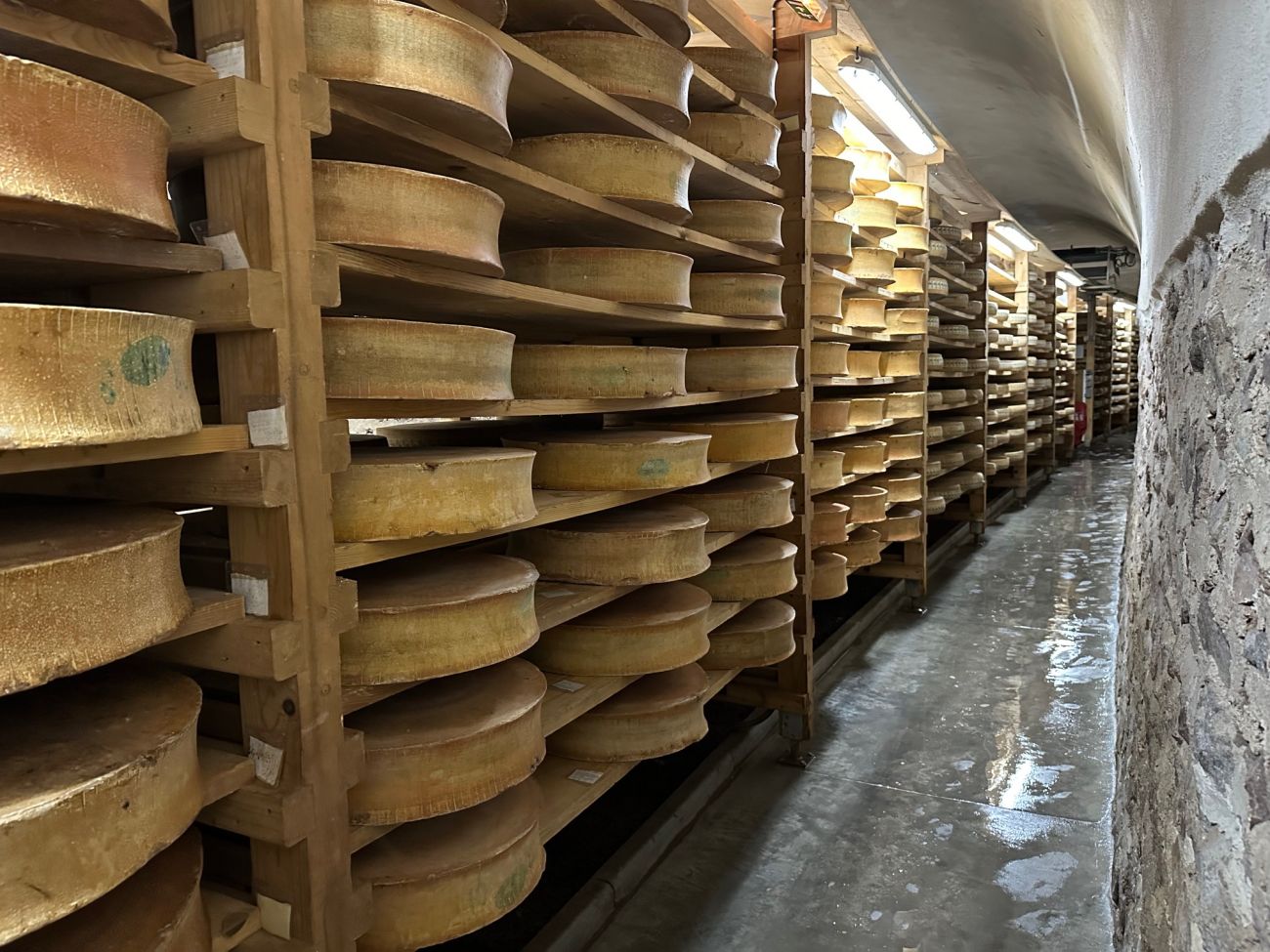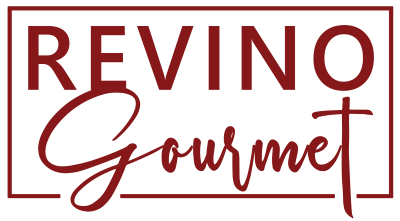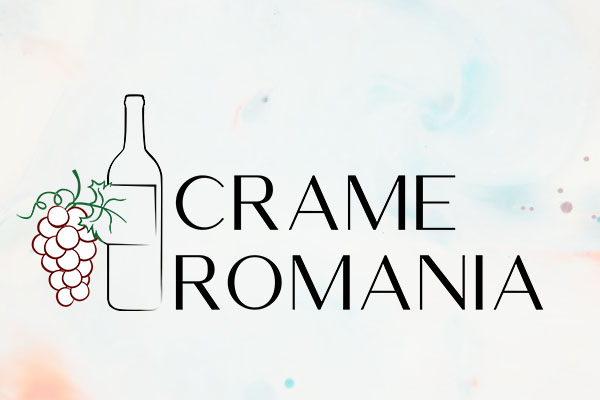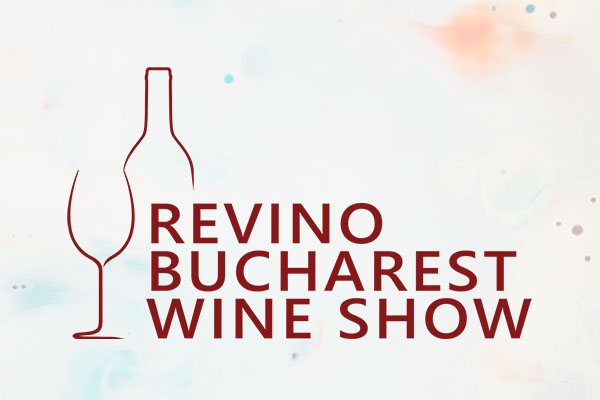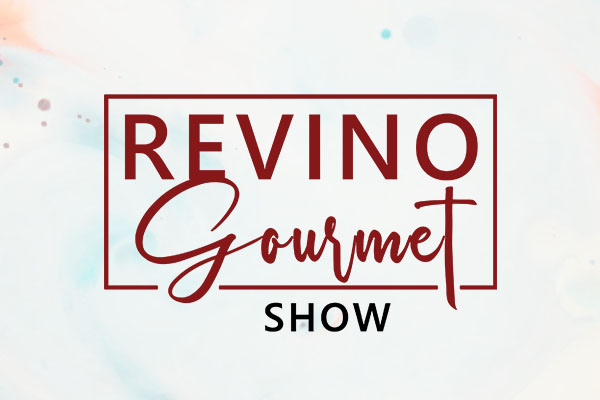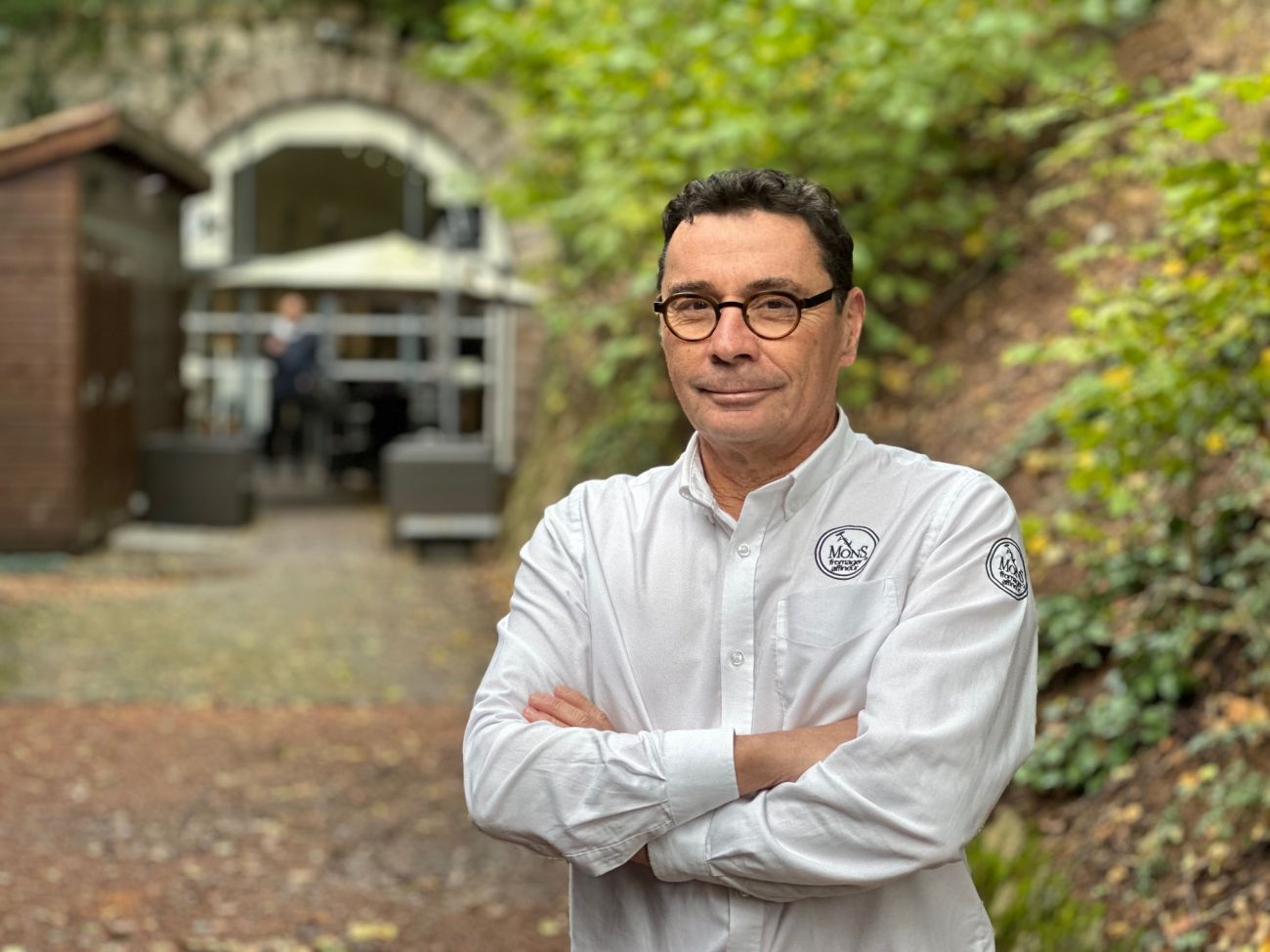
Laurent Mons is the co-founder of Mons Fromager-Affineur, a renowned French company based in the Rhône-Alpes region, with deep roots in artisanal cheese aging. Through their retail shop in Saint-Haon-le-Châtel and their training center in Ambierle, Mons blends family tradition, hands-on expertise, and educational outreach to uphold the highest standards of the cheese-making craft. Their work is respected globally, not only for their exceptional cheeses but also for the knowledge they share with the next generation of professionals in the dairy world. In this conversation, Laurent Mons shares insights into their philosophy, unique approach, and how they are shaping the future of artisanal cheese.
What makes Mons Affineur unique in the world of artisanal cheese aging?
Mons is not unique, but our model is, in fact, unique, in three principal aspects:
- There are very few affineurs who ripen as many different products, in terms of cheese styles, therefore requiring different environments and care.
- Few affineurs are active in the entire chain: cheesemaking, affinage, B2B distribution, direct retailing, and professional development. We encompass many of the domains in the sector.
- Our sourcing, which includes the products we make in our creameries or have made for us, as well as farmstead and artisanal products that conform to our specifications and that we purchase directly — all with the objective of satisfying a broad spectrum of clients — keeps us deeply connected with the entire dairy sector.
So in sum, when we take all three of these aspects of Mons Fromager-Affineur, we are in fact unique.
How has the family heritage of the cheese business influenced Mons Affineur today?
The family legacy is mainly its philosophy and ‘personality.’ The transmission of these characteristics and principles from generation to generation, always deepening and expanding, is enormously enriching. Our standards and our commitments come from our shared past and our history. Each generation has a single aim: to improve, perform, and adapt our practices and principles to the living moment, which leaves us free to create and to reflect. The richness of our heritage is experience.
Can you describe the journey of a cheese from its arrival at Mons Affineur to the consumer?
A cheese may arrive at Mons at different stages: a baby of only two days old, a week, or several months, depending on the cheese. Each cheese will have its unique pathway during its life with us. It will move through our caves and receive regular care. Its organoleptic parameters will be constantly evaluated to determine its best moment to be offered for sale and consumed. This work upstream is shared with our cheesemongers, who then provide our end customers with all the parameters that give the cheese its own personality… just like wine. Cheese is the new wine!
What is the most difficult aspect of the cheese aging process, and how does Mons Affineur maintain consistency?
The more the cheese is ‘alive,’ the more delicate and vulnerable it is. Soft paste cheeses ripen quickly and require a great deal of surveillance. Firm and semi-firm cheeses require more patience and more time. The challenge is repeating the process with consistency and ensuring stability while the cheese itself may be unstable.
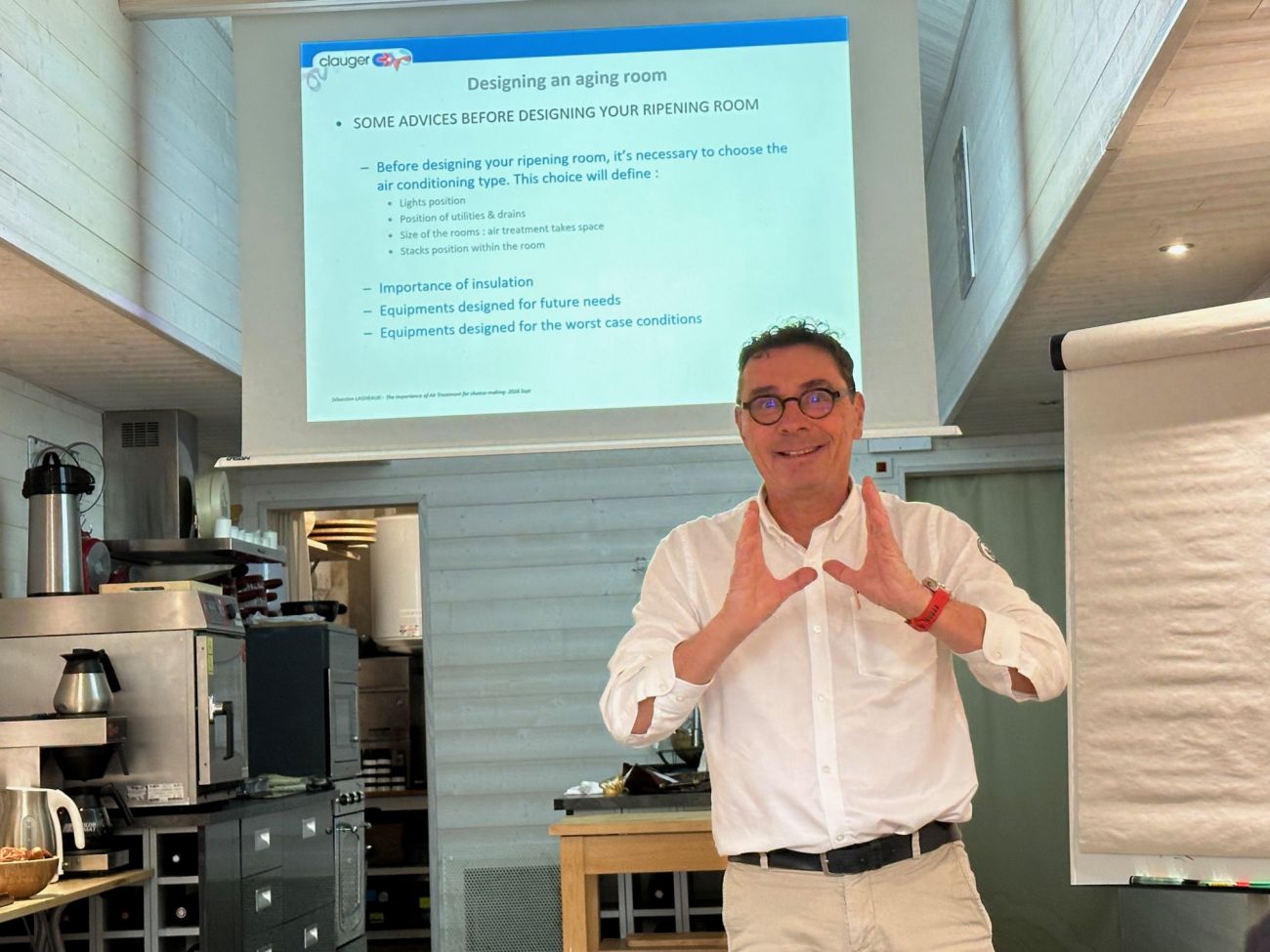
Can you tell us more about the training programs Mons Affineur offers to those interested in cheese aging and production?
Mons professional development offers courses of 4–5 days on cheese retailing, covering the fundamentals required for opening a retail cheese shop. Our affinage training is principally directed to two poles of the sector: farmstead and artisanal cheesemakers who wish to ripen their own cheeses, and retailers who aim to put their own stamp on cheeses they sell via a process of affinage. And as of this year, cheesemaking training has been reintroduced, with one of the world’s foremost cheesemaking technicians.
Who are the typical participants in these courses? Are they mainly food industry professionals, or do you also cater to curious amateurs?
Principally, our students hail from the farmstead or artisanal world (very few industrial producers, and those only to better appreciate the qualitative factors in ripened cheeses). Also, schools for future cheesemakers, retailers, and future instructors! We do not aim our programs at the general cheese-loving public. Our training is truly geared to professionals, though programs for cheese lovers can be custom-designed for groups that desire it.
How has the demand for educational programs around cheese evolved over the years, and how has Mons Affineur adapted to meet this interest?
As mentioned above, we have accrued a great deal of in-house expertise, and we also work with international consultants to enrich our training programs and make them culturally accessible and applicable worldwide. Some 70% of our students are from abroad! More than forty different countries have passed through our school’s programs. The French think they already know everything about cheese, so we naturally focused elsewhere. It’s also in our DNA, I think: we are interested in other people, other cultures… that’s another thing that sets us apart.
Do you think regional pairings (e.g., French cheese with French wine) still work best, or are there surprising interregional combinations?
The traditional approach is, basically, to associate wines and cheeses from the same geographical region. However, today everything goes, as long as the two products are respected… we can even come up with stunning new combinations!
What advice would you give to someone just starting to explore wine and cheese pairings?
Start gradually with culturally paired products — the classics. When you are just getting started, don’t try to be too creative all at once.
How do you see the cheese industry evolving in the coming years, especially with the growing focus on sustainability?
Cheese should be included in modern consumers’ new criteria for food selection. It is a cultural product, so it’s worth learning about, and learning from. It should also represent societal and environmental values. It’s not ‘just cheese,’ especially when we are considering the farmstead and artisanal world. It is important to mark the distinction between these and industrial products, whose roles are quite different.
Industrial producers will continue to fulfil their functions, transforming the milk that is produced — that’s their mission. They should also include environmental and societal principles in their objectives, but their products will never carry the same cultural and inspirational weight.
In your opinion, what role will artisanal cheese play in the future of gastronomy?
This is a good question! It should play a leading role in gastronomy, or none of this makes any sense. Not the farmer, nor the animals, nor the environment, nor culture… not even me! It is about time that chefs recognize all the benefits and value of cheese, but they don’t much like to share the limelight….
Three French cheeses you love, and three international ones?
French:
- Salers Tradition
- Epoisses made with raw milk
- 1924 (mixed-milk blue cheese made by Mons)
International:
- Stilton and Shropshire (UK)
- Winnimere (an American cheese from Jasper Hill in Vermont)
- Traditional Brunost from Norway — I know that will come as a surprise, but I just love it, it’s so trigeminal!
